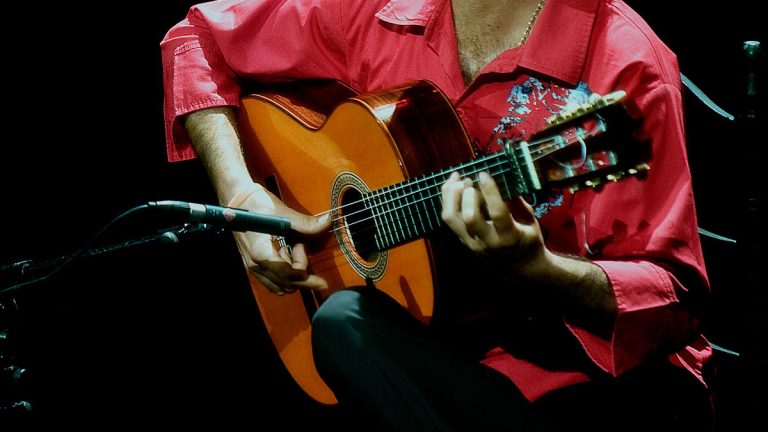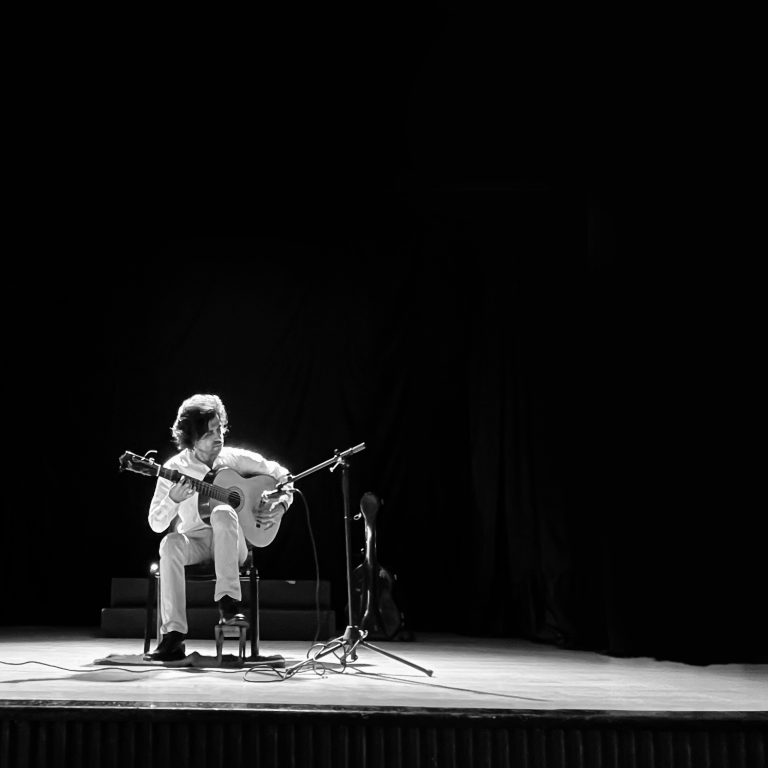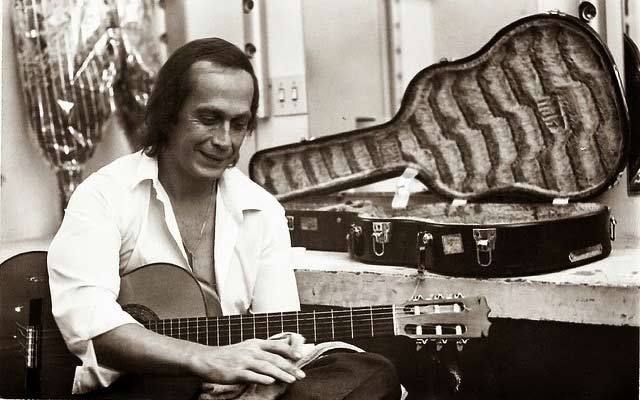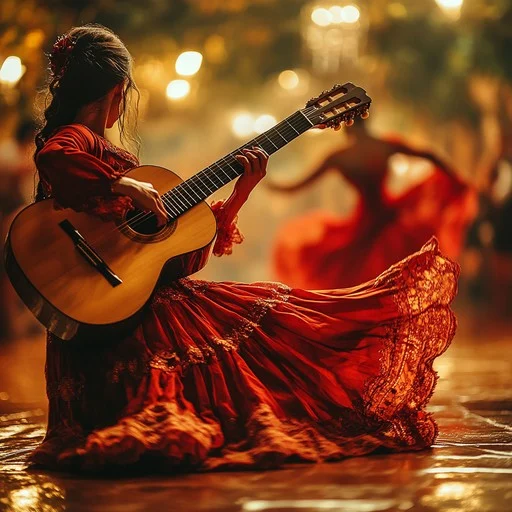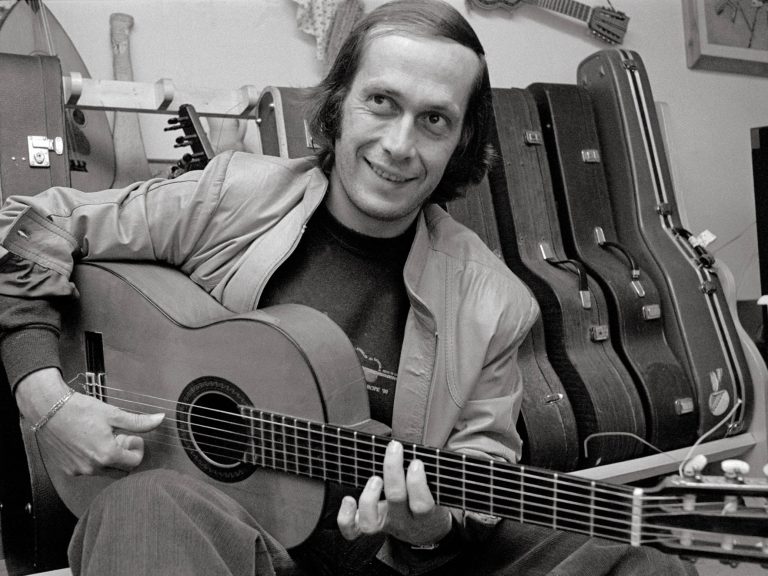Lorca: The Flamenco Poet
Federico García Lorca, one of Spain’s most celebrated literary figures, was a poet and playwright whose work was deeply rooted in the traditions, music, and soul of Andalusia. Often referred to as the “Flamenco Poet,” Lorca’s verses pulsate with the rhythms of Cante Jondo (deep song), the raw emotion of gypsy ballads, and the tragic beauty of Spanish folklore. His poetry and plays are infused with the passion, suffering, and vitality that define flamenco, making him not just a writer but a cultural icon who captured the essence of Spain’s spirit.
The Andalusian Roots of Lorca’s Poetry
Born on June 5, 1898, in Fuente Vaqueros, a small village near Granada, Lorca grew up surrounded by the landscapes, sounds, and traditions that would later dominate his work. Andalusia, with its Moorish influences, its gitano (gypsy) culture, and its deep-seated Catholic mysticism, shaped Lorca’s artistic vision. From an early age, he was drawn to music, studying piano before fully dedicating himself to literature.
Lorca’s connection to flamenco was not merely aesthetic; it was spiritual. He saw in flamenco—a fusion of Arab, Jewish, and Romani traditions—a pure expression of human suffering and joy. In his 1922 lecture “Theory and Play of the Duende,” Lorca described duende as the mysterious, dark force that gives art its emotional depth. Unlike the muse or the angel, duende emerges from within, from blood and earth, much like the raw, untamed spirit of flamenco.
Gypsy Ballads: The Flamenco of Words
Lorca’s 1928 collection Romancero Gitano (Gypsy Ballads) is perhaps his most famous poetic work, blending traditional Spanish ballad forms with modernist techniques. The poems are steeped in flamenco imagery—knives, moonlight, blacksmiths, and doomed lovers—evoking the same intensity as a cante jondo performance.
In “Romance de la luna, luna” (Ballad of the Moon, Moon), the moon descends to a gypsy forge, seducing a child with her eerie beauty, only to foreshadow his death. The poem’s rhythm mimics the soleá, a slow, mournful flamenco style, while its imagery—silver, shadows, and blood—echoes the themes of fate and tragedy common in flamenco lyrics.
Similarly, “Preciosa y el aire” (Preciosa and the air) tells the story of a young gypsy girl pursued by a sinister wind, a metaphor for desire and danger. The poem’s structure, with its repetitive refrains and sudden shifts in tone, mirrors the improvisational nature of flamenco singing, where emotion dictates form.
Blood Wedding: Flamenco on Stage
Lorca’s theatrical works also embody the spirit of flamenco, particularly in their themes of passion, honor, and death. Bodas de sangre (Blood Wedding) (1933), one of his most famous tragedies, is structured like a flamenco performance, with lyrical dialogues, symbolic characters (the Moon, Death as a Beggar Woman), and a relentless drive toward doom.
The play’s climax—a knife fight in the woods—is pure flamenco drama, where love and death intertwine. The Bride, the Groom, and Leonardo (her former lover) are bound by a fate as inescapable as the cante jondo’s lament. The Lamentations of “La Casada Infiel” (The Unfaithful Wife) or “El Emigrante” find their theatrical counterpart in Blood Wedding, where every line is a cry of anguish, every silence a quejío (flamenco wail).
Lorca’s Collaboration with Flamenco Artists
Lorca did not just write about flamenco; he actively participated in its revival. In 1922, alongside composer Manuel de Falla, he organized the Concurso de Cante Jondo in Granada, a festival aimed at preserving the purity of traditional flamenco against commercial dilution. The event featured legendary singers like El Tenazas, whose raw, ancient style embodied the duende Lorca revered.
His friendship with flamenco singers and dancers further deepened his understanding of the art. He often recited poetry at gatherings where flamenco was performed, blurring the line between poetry and song. His “Poema del cante jondo” (Poem of the Deep Song) (1931) is a literary homage to flamenco forms like the siguiriya, petenera, and saeta, each poem a lyrical interpretation of these musical styles.
The Death of the Poet: A Flamenco Tragedy
Lorca’s own life ended with the same tragic intensity that marked his work. At the dawn of the Spanish Civil War (1936), he was arrested by Nationalist forces for his liberal views and rumored homosexuality. On August 19, 1936, he was executed and buried in an unmarked grave, his death shrouded in silence—much like the fate of many flamenco artists who suffered under Franco’s regime.
Yet, just as flamenco survived oppression, Lorca’s legacy endured. His poetry became a symbol of resistance, his voice echoing in the cantes of singers like Camarón de la Isla and Enrique Morente, who set his verses to music. Modern flamenco adaptations of Lorca’s work, such as “Lorca por tangos” or “Omega” (a collaboration between Morente and rock band Lagartija Nick), prove that his words still resonate with the same fiery passion as the art he loved.
Lorca’s Eternal Duende
Federico García Lorca was more than a poet; he was a vessel for the soul of Andalusia. His work—whether in verse or drama—breathes with the same life force as flamenco, capturing its sorrow, its ecstasy, and its defiance. Like a flamenco singer pouring grief into a martinete, Lorca transformed personal and collective pain into art.
Today, his influence extends beyond literature. Flamenco dancers invoke his imagery, musicians recite his verses, and scholars continue to unravel the depths of his duende. Lorca did not just write about flamenco—he became flamenco, a poet whose blood still sings in the heart of Spanish culture.
Conclusion: The Unending Song
In the end, Lorca’s poetry is a palabra en el tiempo (a word in time), a cry that refuses to fade. Whether through the haunting “Llanto por Ignacio Sánchez Mejías” or the surreal “Poet in New York,” his voice remains as urgent as a cantaor’s lament. He was, and always will be, the flamenco poet—the one who gave words to the silent scream of the guitar, the one who danced with death in the moonlit olive groves, the one whose duende still trembles in the air, like the last note of a seguiriya.
As long as flamenco lives, so will Lorca. And as long as Lorca’s verses are read, flamenco will never lose its soul.



